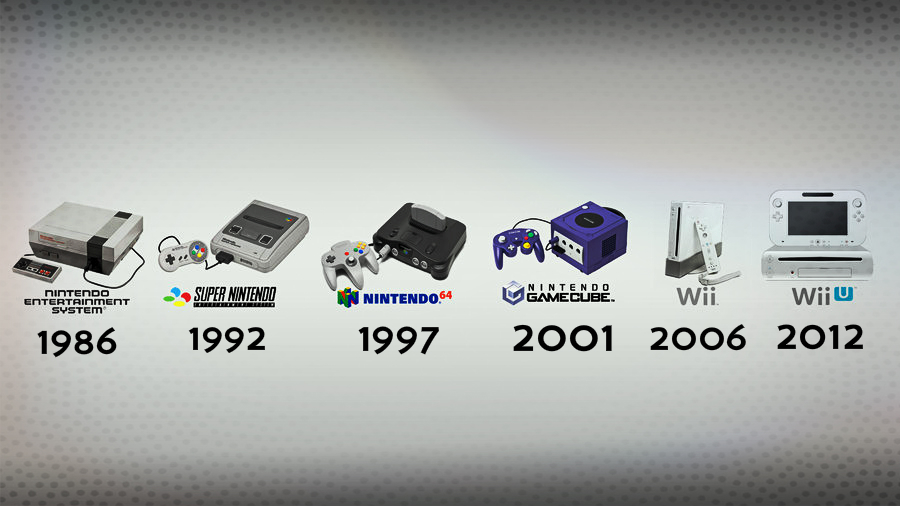
Nintendo has always been about breaking the mold. Many people often debate what Nintendo needs to do to "keep up" But there have been at least 10 times that they were truly innovators, and arguably ahead of the curve as opposed to behind.
In fact, there are many elements of gaming that have Nintendo to thank for their existence. Whether it's the invention of the D-pad, or the creation/failure of the Virtual Boy, nearly everything Nintendo has done has shaped the stage for video games.
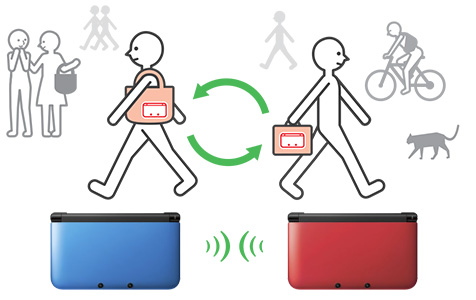
The StreetPass
System: Nintendo 3DS
The 3DS, the successor to the Nintendo DS, improved upon the initial design and even with its rocky start, it proved to be a very successful portable gaming device.
Despite the name, the 3D features is not the reason it's on this list. That reason would be the Street Pass.
Street passing is a mode included in several games on the 3DS where the player walks around in public with their device on standby mode (with the case closed) and passes other people doing the same thing. Data is shared between these players for the next time they open their 3DS. What happens with that data is dependent on the games they had.
Street passing is a feature in many games that's often optional, but adds a layer to the game. But the real genius of this is how it gets people talking. The 3DS sparked so much conversation when seen peaking out of someone's back pocket, while the actual addition to gameplay was minimal. It's as if Nintendo wanted to find a way to get people to talk about their product and built a function specifically for that reason, and it worked!
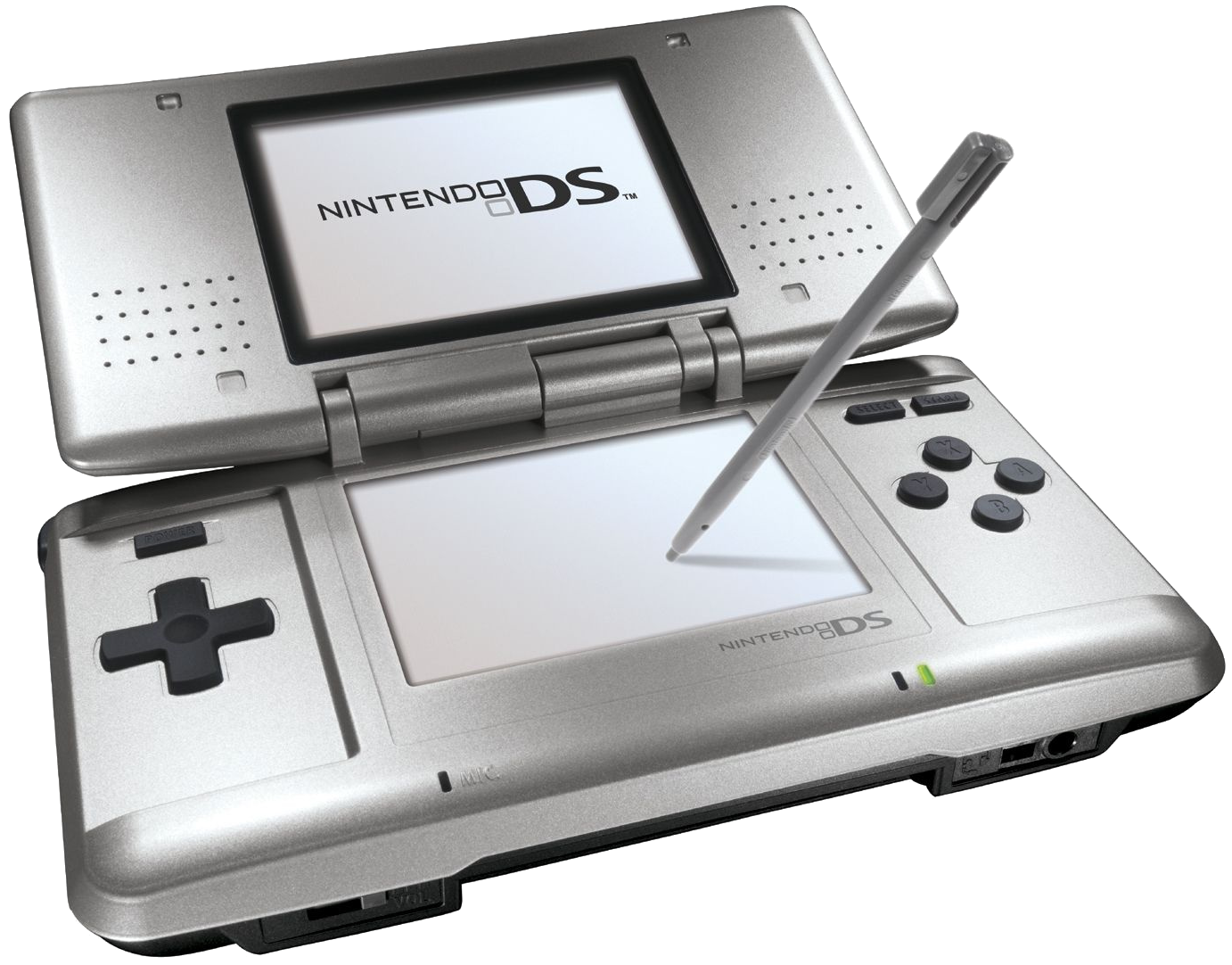
Touch Controls
System: Nintendo DS
Taking a look at Wikipedia's List of Best Selling Game Consoles reveals the Nintendo DS taking first place in the highest selling handheld ever, and is merely second in the highest selling video game system ever.
It's had a number of huge titles on it, but there's one thing people seem to forget in terms of the DS's innovation. The touch controls.
The Nintendo DS hit the shelves in 2004 with its stylus and touch screen. Sounds like something else in the market today, right? Cue the smartphone. Specifically, cue the first iPhone, which was released in 2007.
That's right. The Nintendo DS pioneered touch screen gaming three years before the mobile gaming phenomena hit. In fact, even if the DS wasn't a direct influence on the iPhone's design, it had to at least have some hand in the inspiration of games that were to come to the mobile market.

Family Gaming
System: Nintendo Wii
Nintendo had been in the video game industry for a long time when the Wii finally came out. Many gamers who had started on the NES were now late-teens/early twenties. But what about the new generation of would-be gamers?
Enter the Wii. Many will often chide at the idea of the Wii, calling it "childish" or "not hardcore gaming" but that doesn't stop it from being an innovation. Not only was it aimed at getting new gamers into the community, it also introduced the entire family to a new and exciting controller: The Wii Remote.
Now again, many find motion controls to be a gimmick, but Mom and Dad were suddenly playing bowling games with these new controls. People who didn't usually play video games were suddenly playing them and their young children were introduced to a hobby that was accepted by their parents as well. The Wii is almost unarguably a factor to this new-age Geek Culture we're able to enjoy in the open.
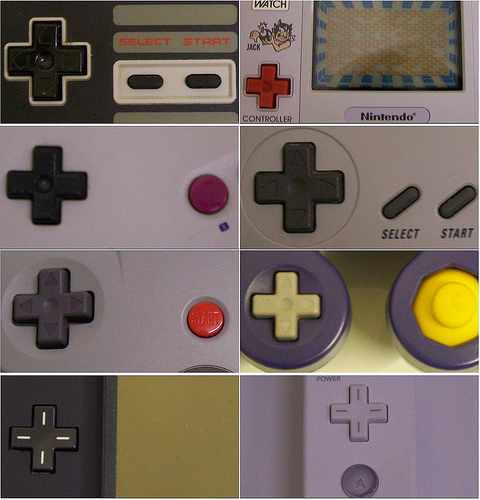
The D-pad
System: Multiple
Nintendo's well-known cross-shaped design of the D-pad was actually the first of it's kind. Developed in 1982 by Gunpei Yokoi, it was first used for the stand-alone Donkey Kong handheld game. Shortly after, it was refined and used on the NES and Gameboy as everyone knows it to be.
Before this, many systems had joysticks resembling arcade controls. A few even had similar shaped controls like the D-pad but they were disconnected. Nintendo brought the connected, easy to transition Directional pad to the spotlight.
Many consoles and handhelds have innovated directional input since the D-pad but Nintendo pioneered the mold that is used to this day.
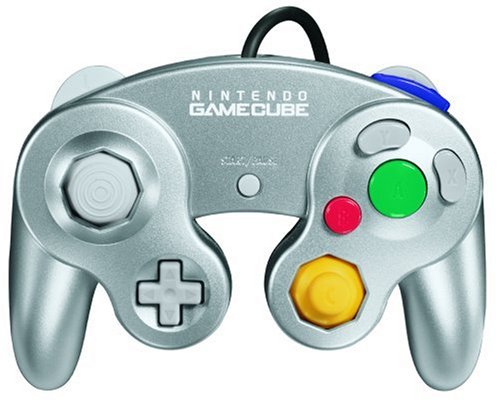
Analog Triggers
System: Nintendo Gamecube
Fun fact: Many think this achievement would go to the original Xbox. But the Nintendo Gamecube beat it by two months in Japan with their September 2011 release. If this wasn't enough however, it's pretty well accepted that the idea for an analog trigger on a controller came from the digital trigger on the Nintendo 64 known as the Z-button.
The idea behind an analog trigger was pretty groundbreaking, even if we don't realize it today. An analog trigger allows for gradual pressing, making the varying degrees of "squeeze" do something different. This is all thanks to the Gamecube controller.
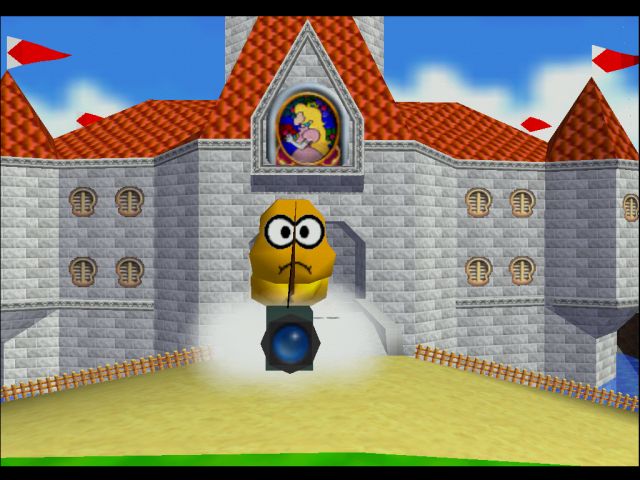
Player Controlled Camera
System: Nintendo 64
The Nintendo 64 broke some major ground for gaming innovation in multiple ways, and is actually featured multiple times in this list. While not the first console to have 3D environments, it was the first to have a player controlled camera.
Super Mario 64 was mind-blowing when it released in June 1996. The concept of a player-controlled camera was something nobody had ever thought of in a home console. To soften such a crazy idea of controlling Mario AND the camera, the developers actually made the camera it's own character: Lukitu. He was filming Mario's adventure and you could even see him when you looked in mirrors. While the camera controls are second nature today, Super Mario 64 and its success is mostly to thank for its adaption.

Rumble Pack
System: Nintendo 64
The Rumble Pack for the Nintendo 64 was a first of its kind. Later controllers had a rumble feature built into the device, but the Nintendo 64 made use of its controller's accessory slot. The rumble pack was big, and even took batteries to use, but it was the first device of its kind for consoles.
Haptic feedback wouldn't be what it is today without the idea of a rumble feature immersing the player the way it did. Controllers used to be cold, non-living bits of plastic, and today they rumble and buzz at different frequencies and intensity to resemble what's happening on screen. Yet again, it's a small thing we don't think of today that was huge when they happened and very much changed how games are built.
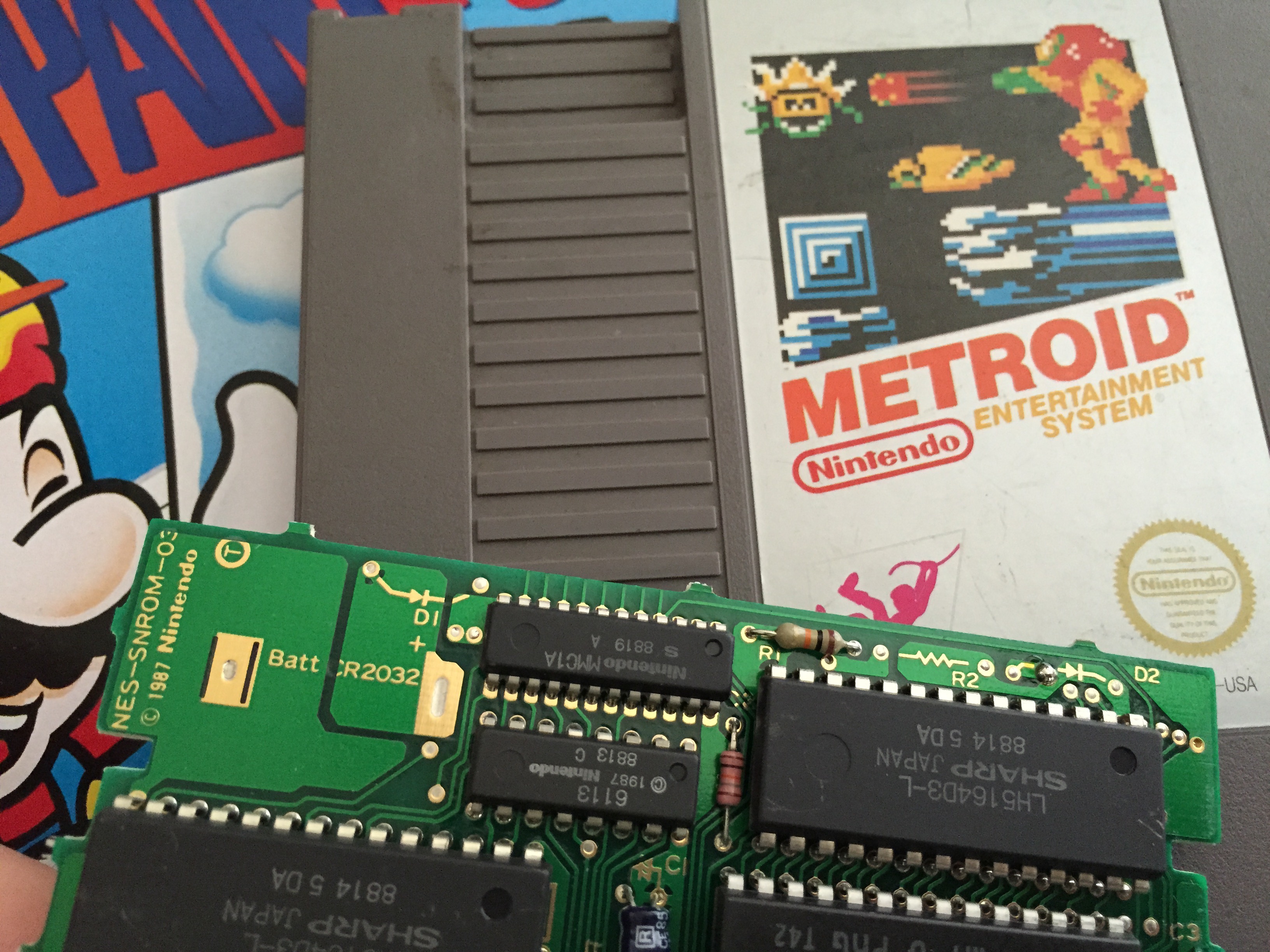
Battery Back-up
System: Multiple
Before the NES, games were relatively short and arcade-like. The objective wasn't usually to reach an end-goal, but to rack up points until death. Saving games wasn't a concept until games started to change their goals. Games like Legend of Zelda, Metroid and Kid Icarus suddenly made sense to have save slots. But before that, they didn't really exist.
Then Nintendo added the battery back-up. Simply, they just soldered it to the inside of the cartridge, no memory cards or extra accessories needed. Unfortunately, these battery back-ups had a lifespan of about 15-20 years and are constantly fizzling out today, but the actual piece itself is relatively inexpensive and replaceable.
But in their prime, these little devices allowed Nintendo to be more ambitious with their games beyond gaining a high score in Donkey Kong. They could now embark on a long quest to save princesses in Hyrule or destroy Mother Brain.
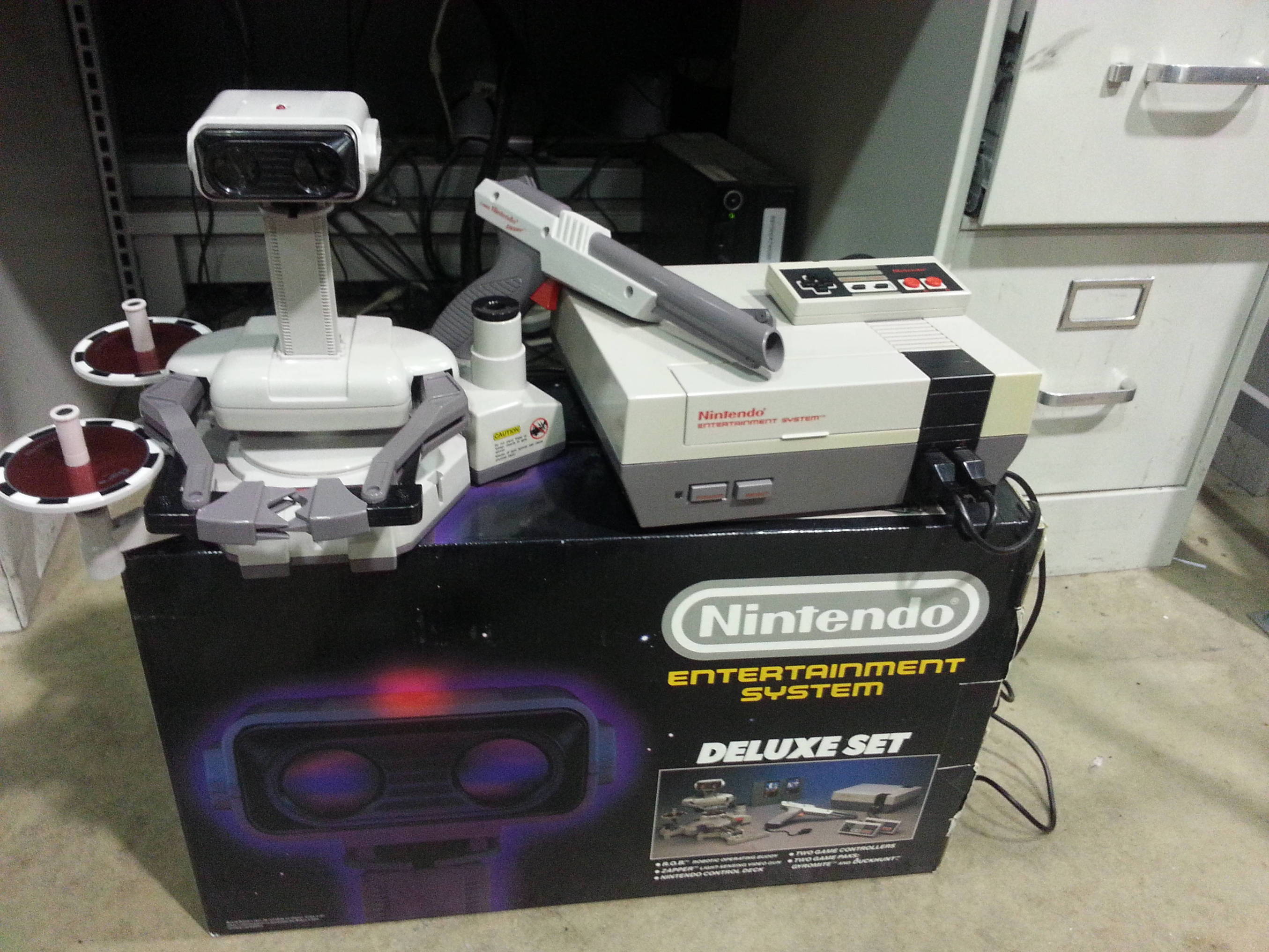
Peripherals
System: Multiple
Okay, this one will get some flak, but pump the brakes and give it a deeper look. Many of Nintendo's peripherals didn't take off like we wanted, but they had a few fun games here and there.
The Nintendo Zapper did pretty great for its time, the Super Scope however had barely enough games to warrant it. Everybody looks back fondly at ROB, but nobody really appreciated him back in his day. Lastly, the SNES Mouse? Yeah, you probably forgot that existed.
Where is this going? Nintendo tried things. Not all of them worked, but they did go on to influence other things. It could be argued that all of these cool-in-concept-bad-in-execution devices have probably led to the push towards Virtual Reality that we have today. While we're on the subject, let's count the Virtual Boy in this category too, because even while it was its own console, it was also a contributing factor to things like the HTC Vive and Playstation VR.
Virtual Reality has had multiple attempts in the past, but they never quite came to fruition due to limits in technology, but we may very well be at the turning point for that the become a reality. A virtual one anyway. We may have just left it back in the early 90s if it wasn't for Nintendo and their insistence on breaking the traditional video gaming mold.
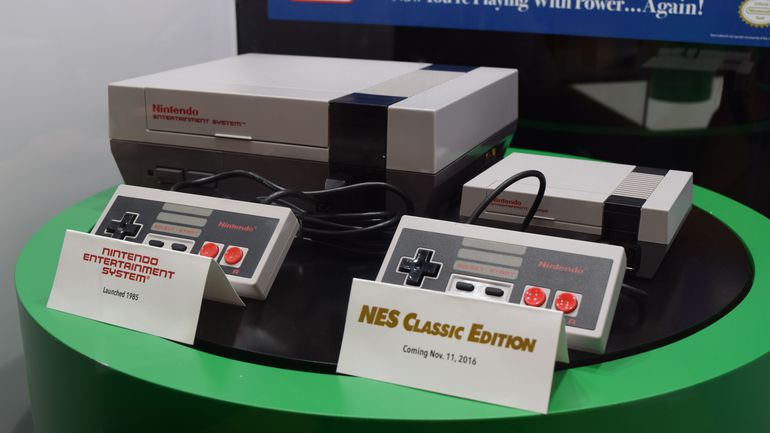
The Seal of Quality
System: NES
The NES was Nintendo's first home console. It was released in America in 1985 and was the major, if not sole reason for the revitalization of the video game industry after it crashed in 1983.
They did this by having a quality product, something Nintendo has always taken serious to this day. Whether you like Nintendo products or not, it's no debate that they put a ton of effort into their products.
It was this seal that set the standard for future video games. The seal meant that Nintendo themselves approved of the games. It currently reads:
"The official seal is your assurance that this product is licensed or manufactured by Nintendo. Always look for this seal when buying video game systems, accessories, games and related products."
It is because of this seal that gaming exists the way it does today, and Nintendo's insistence of excellence made it happen.
Is there anything we've missed on this list? We know the Nintendo Switch is coming and will probably add points to a future edition of this list, but until then, remember your roots, and give Nintendo props where it deserves.
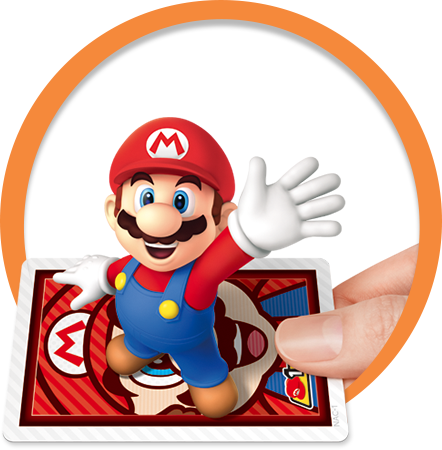
Opinions aside, Nintendo has objectively done so much for the industry. Some may debate that somebody would eventually create a D-Pad, save slots, and a seal of quality, but that somebody was Nintendo over and over again.
The repeated reveal of new ideas and innovations coming from a single company says something about their contributions to their industry. Without Nintendo, gaming would be in a very different state than it is today.

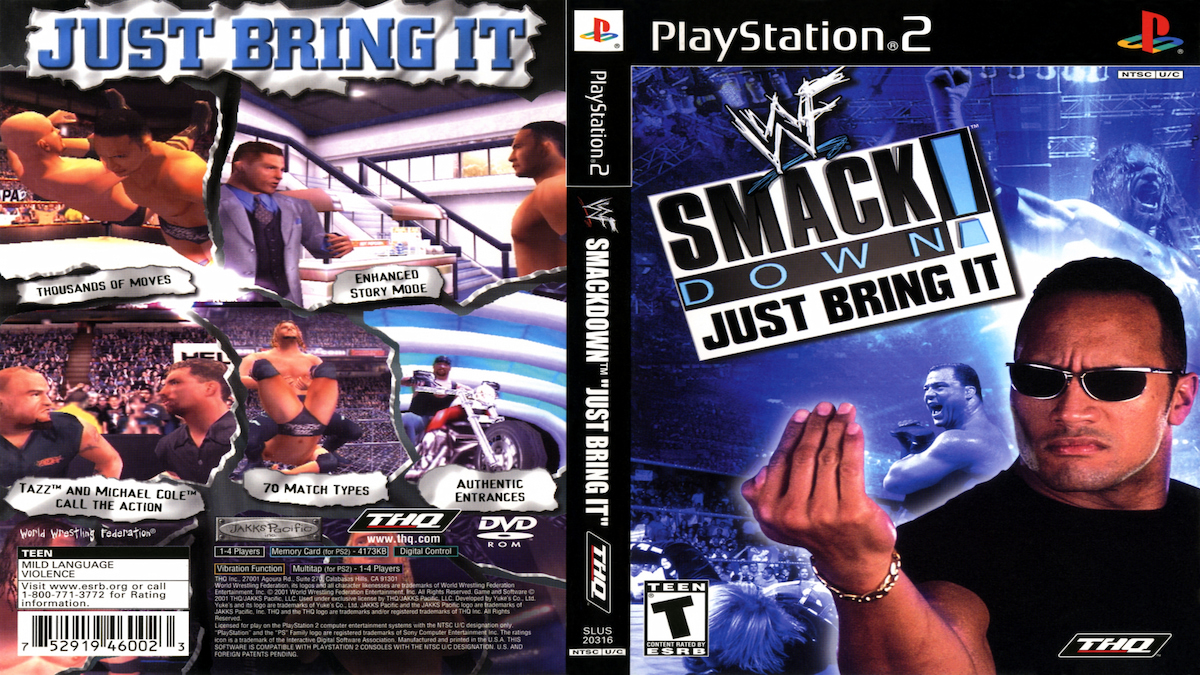
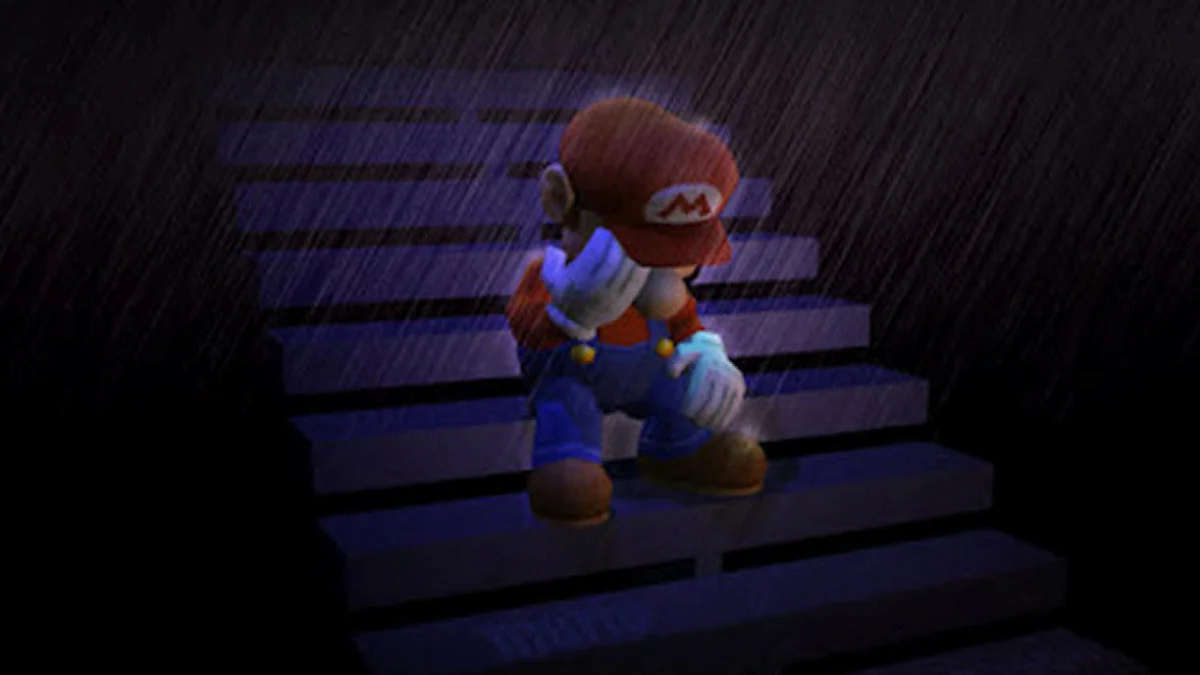



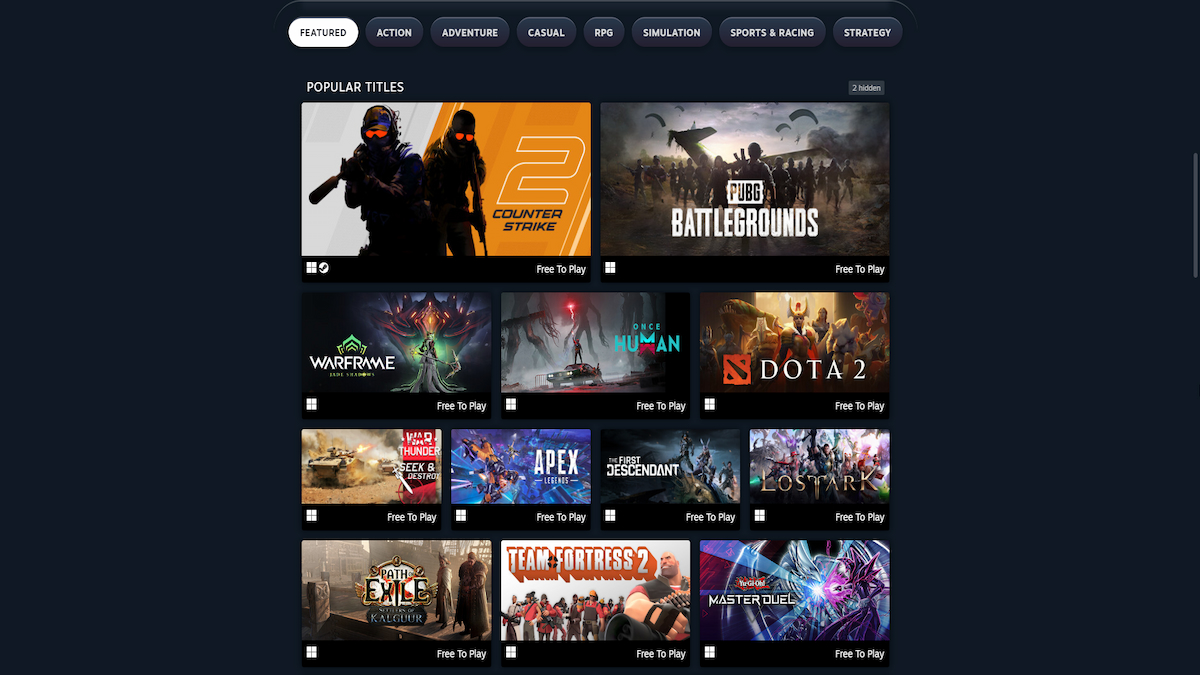
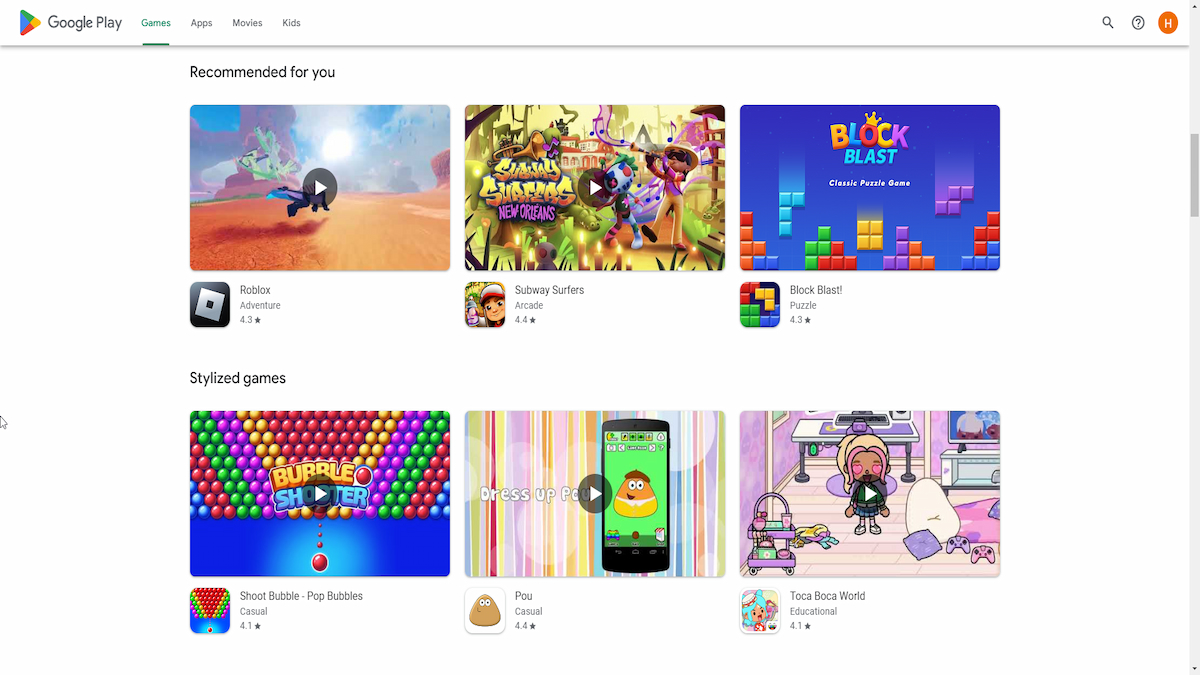
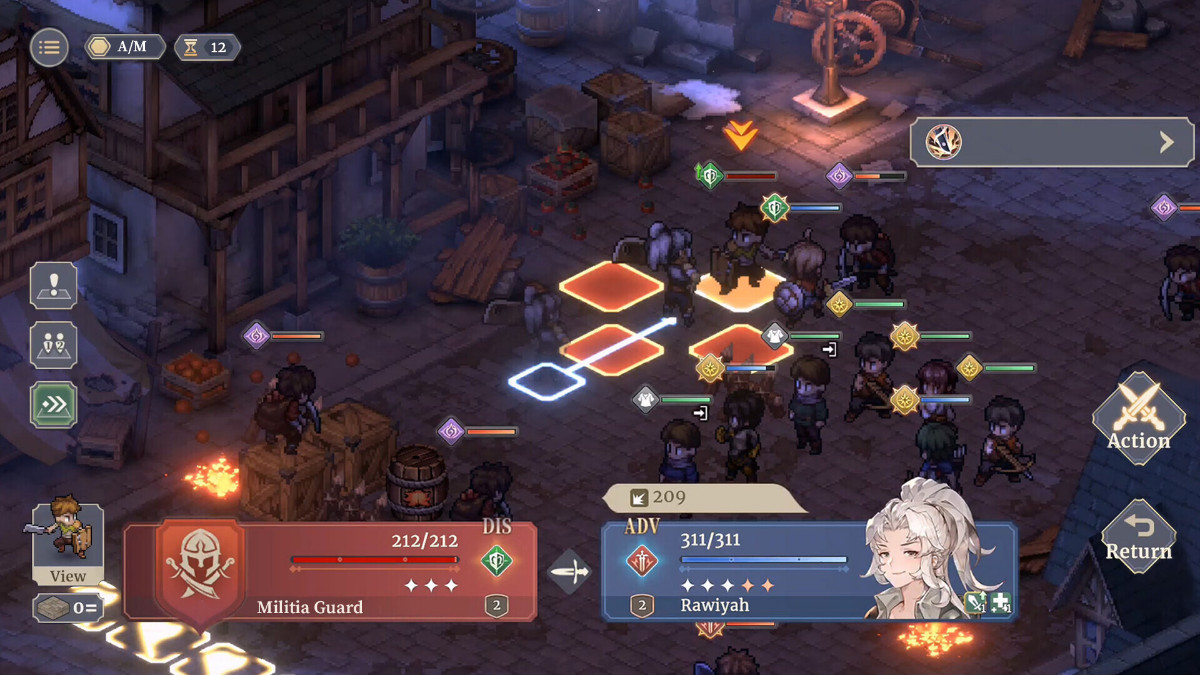
Published: Nov 16, 2016 11:22 am